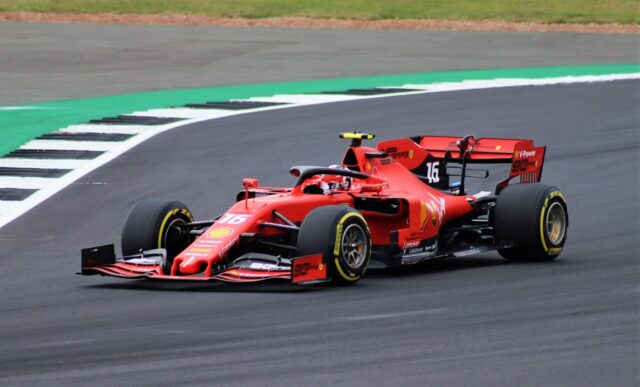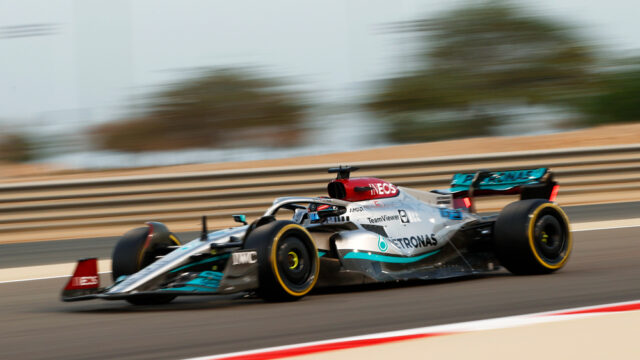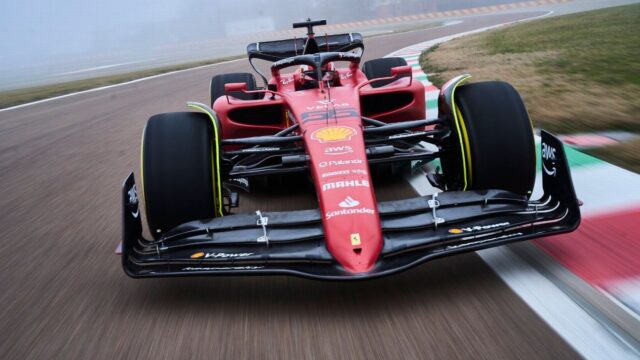
The 2025 Formula One season has ended, with some great driving and super performances changing the standings of the leaderboard. Verstappen and Red Bull ended at the top of the table with 454 points, while the greats like Alonso, Hamilton and Vettel, who have dominated the top five for so long, closed off the top 15.
In light of the shift of power and champions and the introduction of new blood, FIA has made some long-awaited changes to the technical racing rule book. These new rules and amendments will come into effect in the 2025 season. The 2025 season will also hold the most races in a calendar year, with 24 races planned.
New Technical Rules
One of the rules in the media sparked some heated debate around the vehicles’ floor. The main objective of this rule was to reduce the bouncing and proposing of vehicles on the track. The FIA had wanted the floors to be raised by 25mm, but after intensive discussions and negotiating, they compromised to 15mm. This means vehicles for the 2025 season will have to reflect a 15mm outer increase of no more than 5 mm deflection in both directions when a 250N load is applied.
Another rule is that each car needs to be fitted with large 200mm x 60mm mirrors, an increase from the previous 150mm x 50mm size. There has also been a call to improve the roll hoop strength and make it more rounded so it doesn’t rip apart on impact. This roll hoop change comes from Zhou Guanyu’s crash in the 2025 season.
Formula One Partnership With Crypto.com

After the announcement of the sponsorship deal back in 2025, there was a spike in the number of cryptocurrencies worldwide. The deal was originally worth $100 million and would last five years. As currencies went through their volatility, so did the relationship between the car manufacturers and the currencies. One such doomed relationship was between Mercedes AMG F1 and FTX.
In November, Mercedes removed all FTX branding and announced they had suspended the pairing. The car company was always sceptical of going into a partnership with cryptocurrencies. At some point, the commercial director Sanders had said they would wait up to two years to get into a partnership. But they quickly backtracked and announced that FTX was the winning choice, and now, almost 18 months later, they are in the embargo.
This suspension means a loss for FTX, who have spent money on marketing and ensured that the car company had received their share. This situation should not impact how we play the best crypto casino sites for formula one betting. But unless it is resolved in the next month or two, it looks like 2025 will start with no crypto sponsors.
One of Sander’s concerns regarding a partnership was accountability. If the deal fell through, which entity would bear the financial burden? Right now, we all have the same question, especially since Mercedes will lose $25 million should the partnership be dissolved.
Ferrari’s deal with Velas seems to be hanging on though that may not be guaranteed going into the 2025 season. Interestingly, most of the currencies with Formula one sponsorship deals had lost value since June 2025, when most deals were finalised. All this volatility and uncertainty do little to persuade fans to invest in cryptocurrencies. Only time will tell whether these deals will continue into the 2025 season.
What Are We Looking Forward To?

- Ferrari will start the season with the youngest driver, Sainz and Leclerc, who have active contracts until 2025.
- It’s been 40 years since Las Vegas has hosted a grand Prix race, the first time where cars will race on the famous Vegas Strip. The circuit will be about 6km and wind around iconic places like Caesars Palace and the Venetians, the circuit has 14 turns, and if that is not challenging enough, it will be a night race. The much anticipated Vegas Grand Prix will take place in November.
- We can’t wait to see how Alonso will do at Aston Martin and if he will elevate the team to at least finish inside the top 10.
Safety car regulation
Formula One 2025 is set to be an exciting year in motorsport, and the FIA (Fédération Internationale de l’Automobile) is making a number of changes to the sport in order to ensure maximum safety. One of these changes is the introduction of safety car regulations.
The safety car, or slow zone, is a vehicle which leads the Formula One cars around certain parts of the track during certain activities, such as pit stops or collisions on-track. The purpose is to reduce speed, minimize risk, and protect those involved on-track.
Currently non-competitive laps are not regulated by a Safety Car due to their lack of action on-track. The FIA intends to change this by introducing a minimum speed limit for non-competitive laps. This will help to reduce inconsistency between competitors and ensure that drivers are adhering to Safety Cars rules during pit stops and after collisions.

In addition, penalties will be considered for drivers who violate safety car rules or fail to use the Safety Car when there has been a crash on-track. The aim here is for drivers and teams alike to improve their driving techniques and make sure that they handle difficult situations with full control rather than attempting risky feats that could endanger others’ well-being.
Overall these changes are set to provide a higher level of safety during Formula One 2025 events while ensuring drivers stay aware at all times and take responsibility during difficult times on track.
Lastly
The 2025 season is set to be among the best seasons yet, with double the number of sprint races ( Azerbaijan April, Austria July 1, Belgium July 29, Qatar October 7, USA October 21 and Brazil November 4). There will be a total of 24 races with places like Canada, Vegas, and Belgium meaning more spectacular venues and more travelling adventures for spectators. The line-up of new drivers will also give us a good dose of healthy competition on the grid.
We hope Mercedes fix their sponsorship issues and focus on winning the championship again or closing the season in the top three. We all await the 2025 season with much anticipation.












